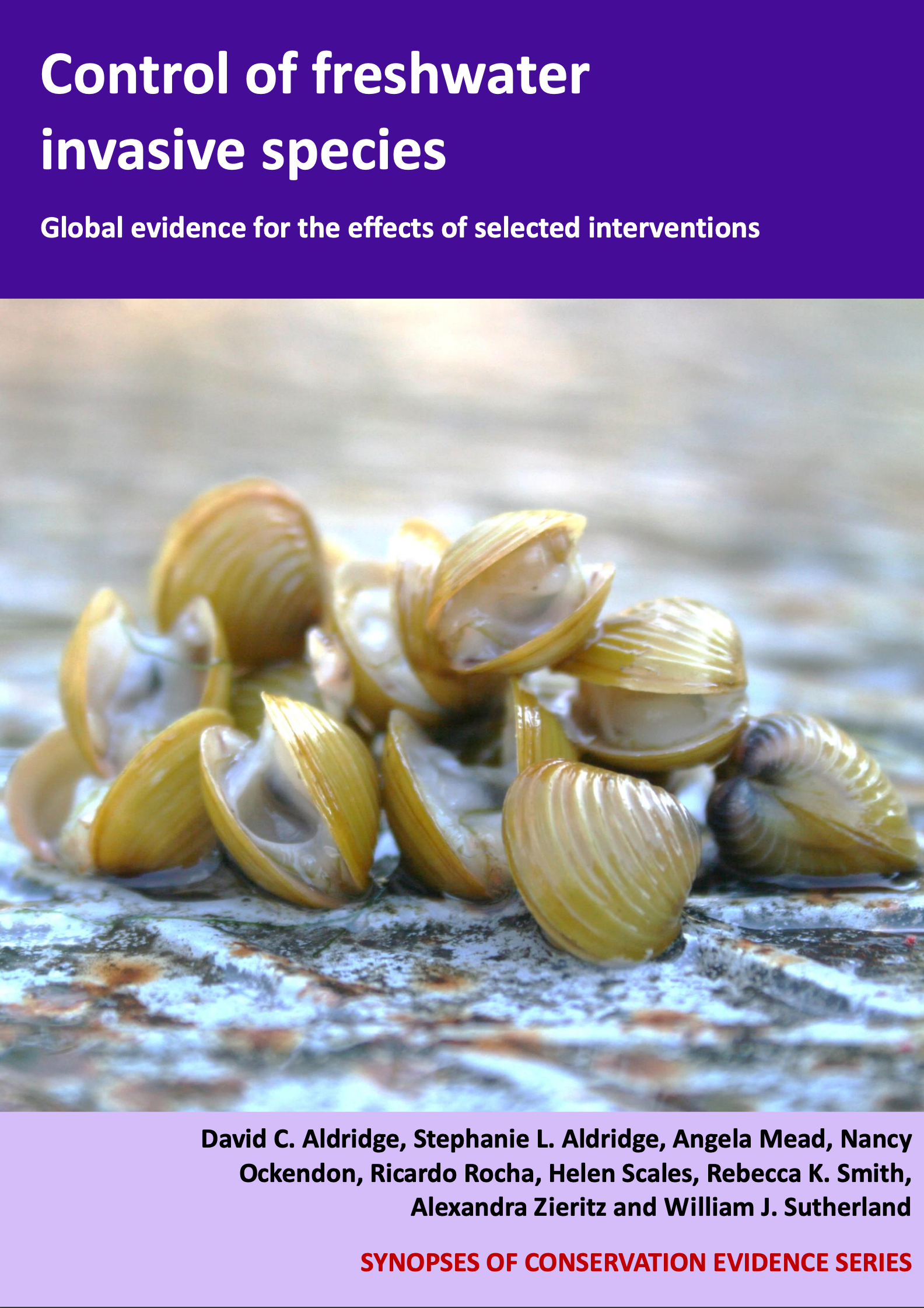Skunk cabbage: Chemical control using herbicides
-
Overall effectiveness category Likely to be beneficial
-
Number of studies: 2
View assessment score
Hide assessment score
How is the evidence assessed?
-
Effectiveness
60% -
Certainty
50% -
Harms
not assessed
Study locations
Supporting evidence from individual studies
A study in 2010, at Lymington Reedbeds, England, UK (Chatters 2010) found that herbicide sprays, glyphosate and 2, 4-D Amine, each killed skunk cabbage Lysichiton americanus. Two months following treatment, most plants sprayed with glyphosate appeared to have been killed, whereas most of those sprayed with 2,4-D amine were found to have new shoots. However, six months following the treatments, a limited survey did not find any skunk cabbage plants, suggesting that both herbicide applications may have been successful. The site was divided into two sections. A larger downstream section was treated with glyphosate (Roundup Pro Biactive) at a rate of 6 litres/ha. A smaller, upstream section was treated with 2, 4-D Amine in an unspecified amount. Herbicide was applied by two people over a three day time period. Surveys were conducted for seven to eight weeks, then six months, after application.
Study and other actions testedA study in the UK (European and Mediterranean Plant Protection Organisation 2009) found that use of 2,4-D amine at a concentration of 9 litres/ha eradicated skunk cabbage Lysichiton americanus, whereas glyphosate did not eradicate skunk cabbage and caused only limited reduction of growth of the plants. The 2,4-D amine was applied in the month of May at a private garden in Sussex, and at Sheffield Park Garden National Trust property. Glyphosate was applied at a site in Scotland. No further information was available.
Study and other actions tested
Where has this evidence come from?
List of journals searched by synopsis
All the journals searched for all synopses
This Action forms part of the Action Synopsis:
Control of Freshwater Invasive Species
Control of Freshwater Invasive Species - Published 2017
Control of Freshwater Invasive Species Synopsis





)_2023.JPG)














